| বাংলায় পড়ুন | Researchers and Reporters: Tanjil Fuad Anika Taieba |
An Overview of the Yen’s History
Although people are always discussing the US dollar or the Qatari dinar, the most valuable currency in the world, the Japanese yen is rarely mentioned. However, this small nation’s official currency and, more importantly, its economic status are currently in crisis. During the Meiji Restoration in 1871, the Japanese yen was first introduced. It replaced the intricate feudal monetary system with a diverse monetary system as part of Japan’s economic modernization. At first, the gold and silver standard was used to guarantee the yen’s stability. Nonetheless, the US dollar was fixed at 360 yen following World War II, which greatly aided Japan’s economic recovery.
The Bretton Woods system collapsed in 1971, nearly a century later, and the yen switched to a floating exchange rate. Japan’s export-driven economy began to take shape in the 1980s, which caused the yen’s value to rise quickly. Unfortunately, though, the severe stock market meltdown that occurred in the next ten years, around the year 1990, caused the yen to enter lasting economic stagnation.
Volatility of the Yen
Multiple reasons are contributing to the yen’s dramatic movements rather than just one. As an illustration,
- Safety-haven status
In uncertain global economic circumstances, the value of the yen rises, which puts pressure on Japan’s export-driven economy.
- Its internal economic policy
The yen has declined due to the Bank of Japan’s accommodative monetary policy, which includes negative interest rates and bond purchases. However, investors are taking notice as the US Federal Reserve and other central banks are raising interest rates.
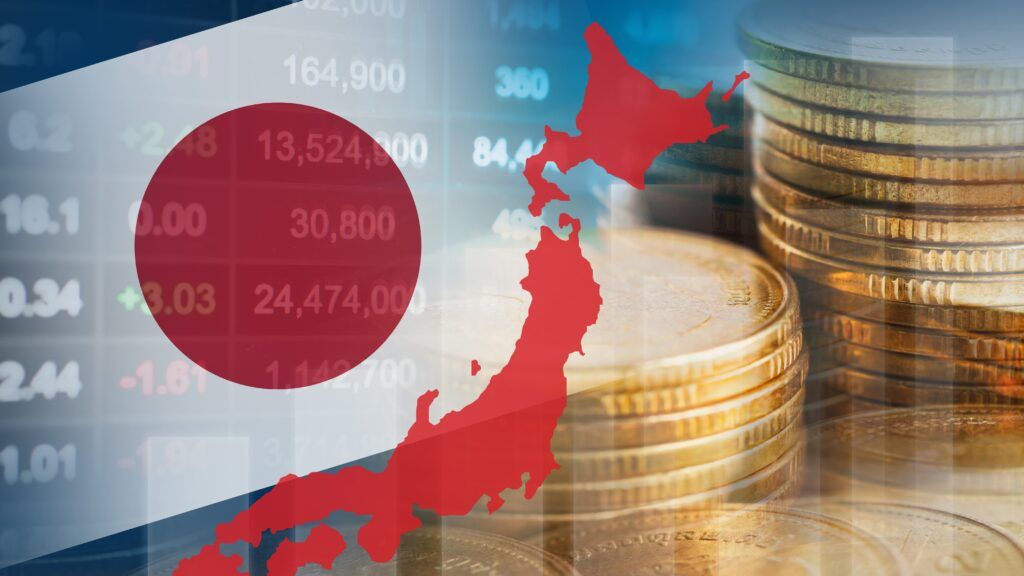
Reflection of the gradual instability in the Japanese yen’s value. | Photo collected.
- Dependency on Trade and Energy
Energy imports are a major source of dependence for Japan. Its trade deficit has grown as a result of rising commodity prices worldwide. Additionally, the flow of yen has been constrained by sluggish export growth. The market value of the yen has fluctuated as a result of this.
Reasons for the present downturn
In recent years, the Japanese yen has lost a lot of value concerning the US dollar. The causes of this are:
- The difference in interest rates
While the Bank of Japan continues to maintain low interest rates, the US Federal Reserve is imposing high rates.
- The population and economic stagnation of the nation
Economic growth in Japan is being impeded by the country’s aging population and low domestic demand. Investor’s trust in the yen is declining as an outcome.
- Geopolitical Issues
In general, a weak yen helps the nation’s exports, but the yen’s low value has restricted competitiveness and the global economic recession. Hence, at this period of worldwide danger, the yen’s status as a safe-haven currency is also waning.
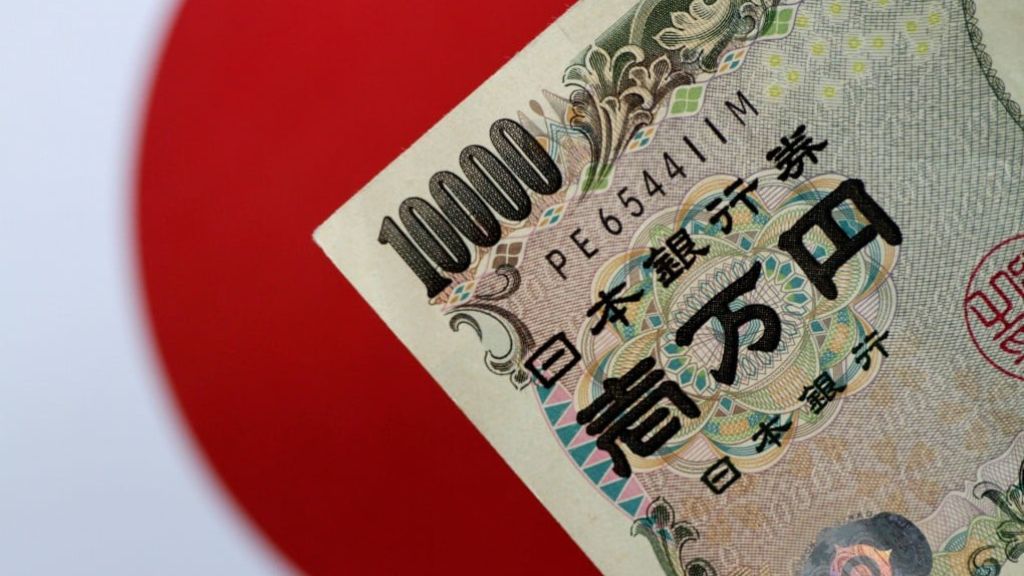
The reasons behind the current decline of the Japanese yen. | Photo collected.
Future Directions
In the absence of structural reforms and international stability, the yen will continue to weaken even though Japan’s policies are intended to promote growth and inflation. The volatility of the yen is already having a big effect on international financial markets and trade.
A reminder of how much a currency’s stability can rely on both internal and external forces is provided by the collapse of the Japanese yen. Therefore, experts think that the Japanese government should use a combination of both local and international policies to decide on a currency’s stability. Now, the yen’s future hinges on how well Japan completes its economic expansion and structural reforms.








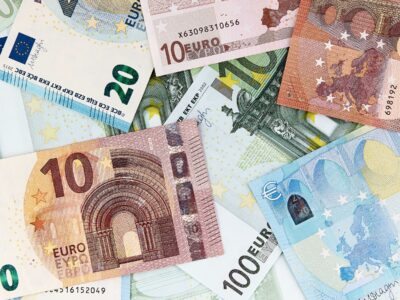
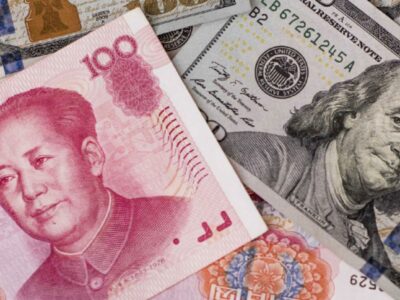


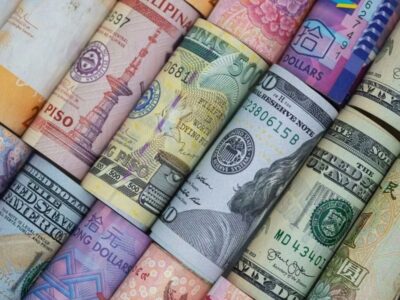








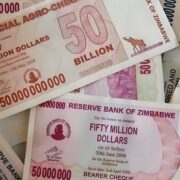







Comments